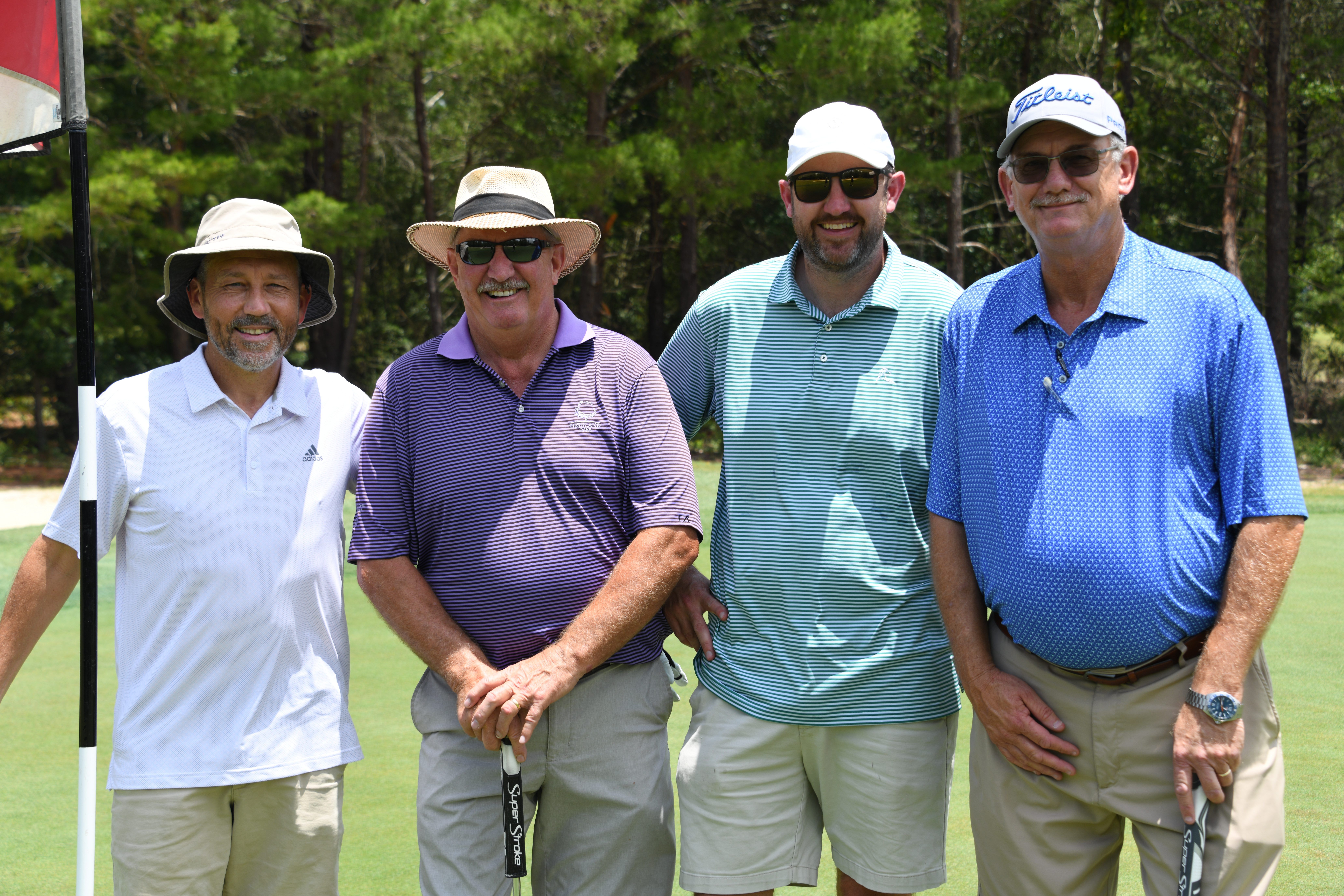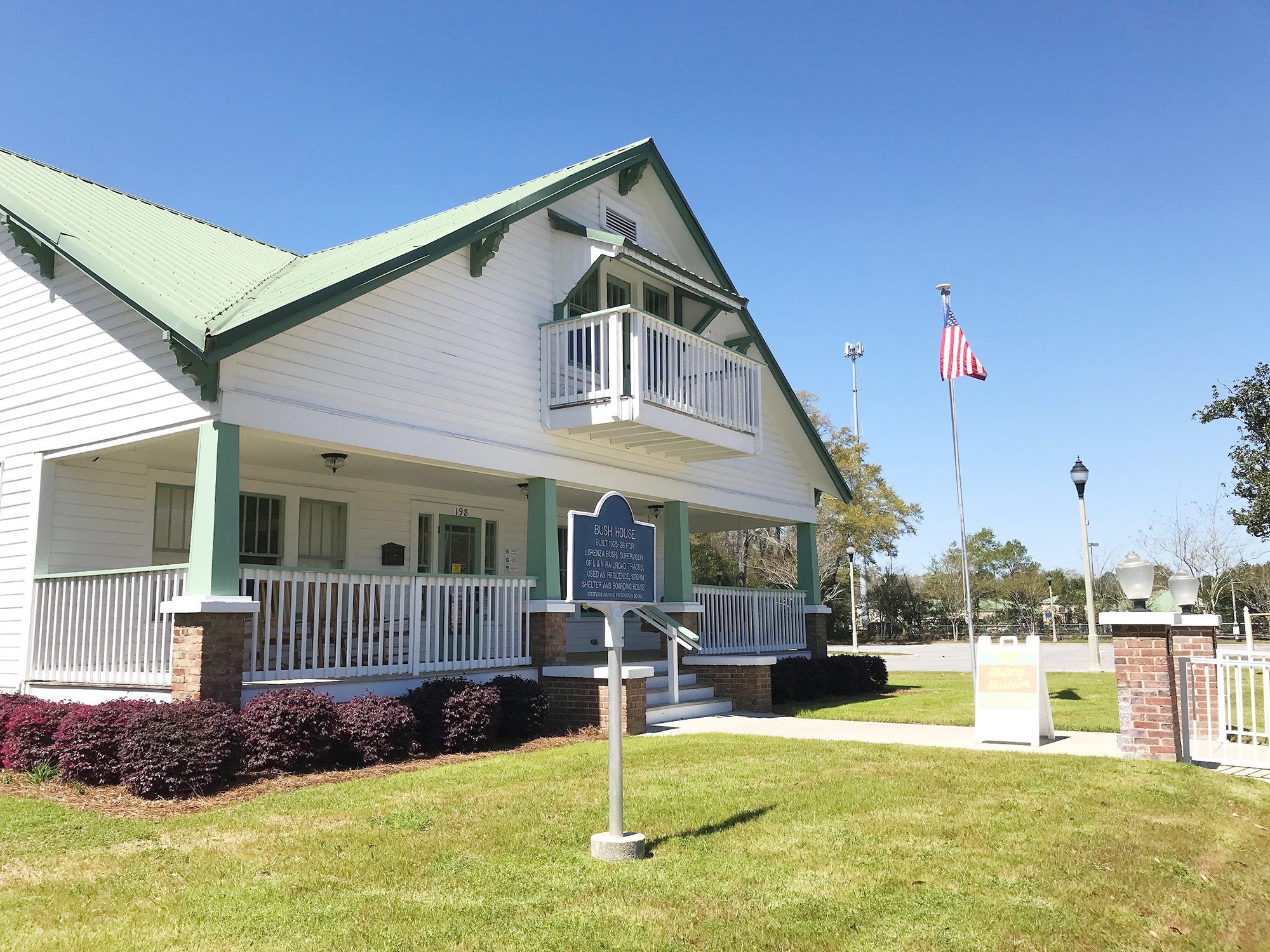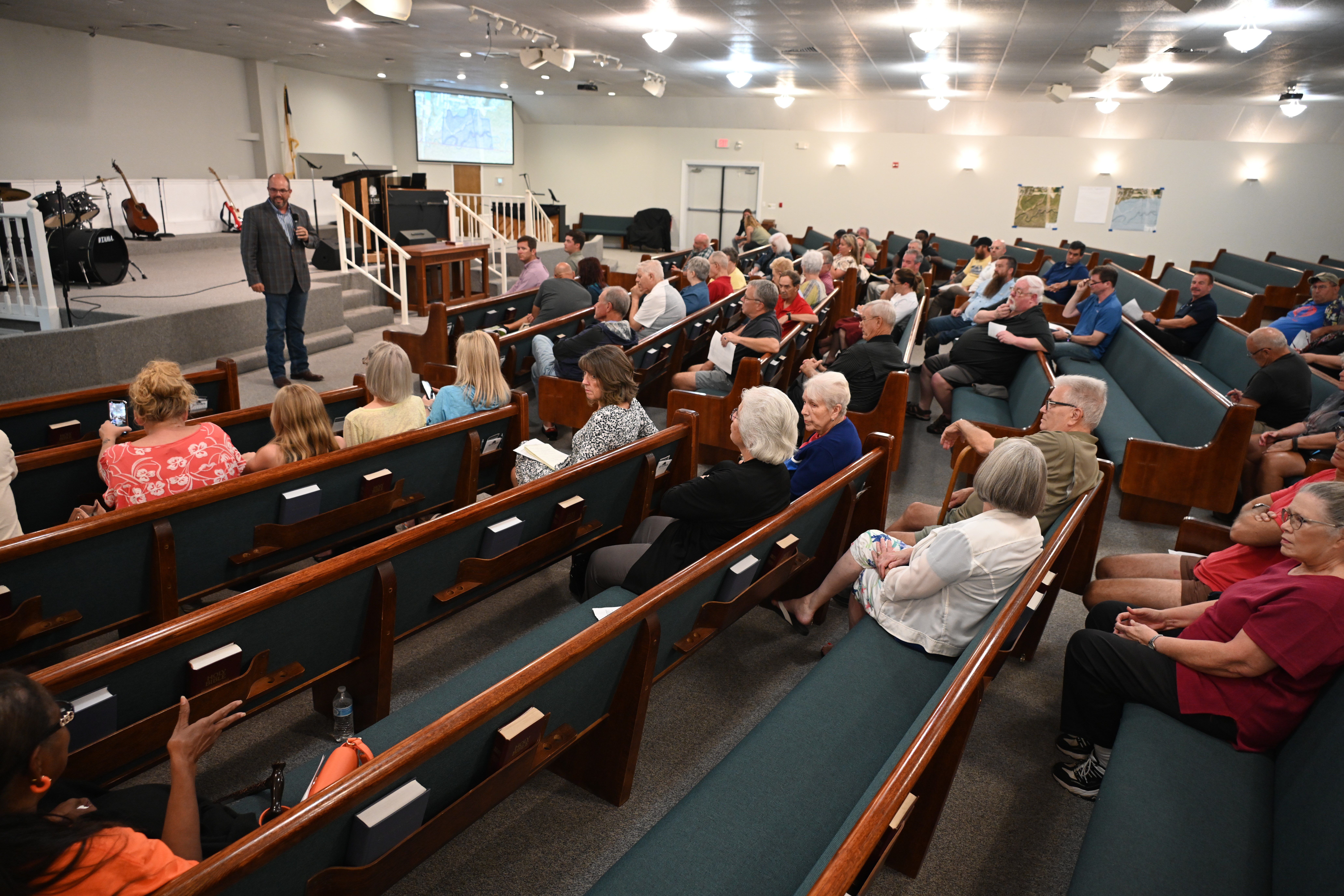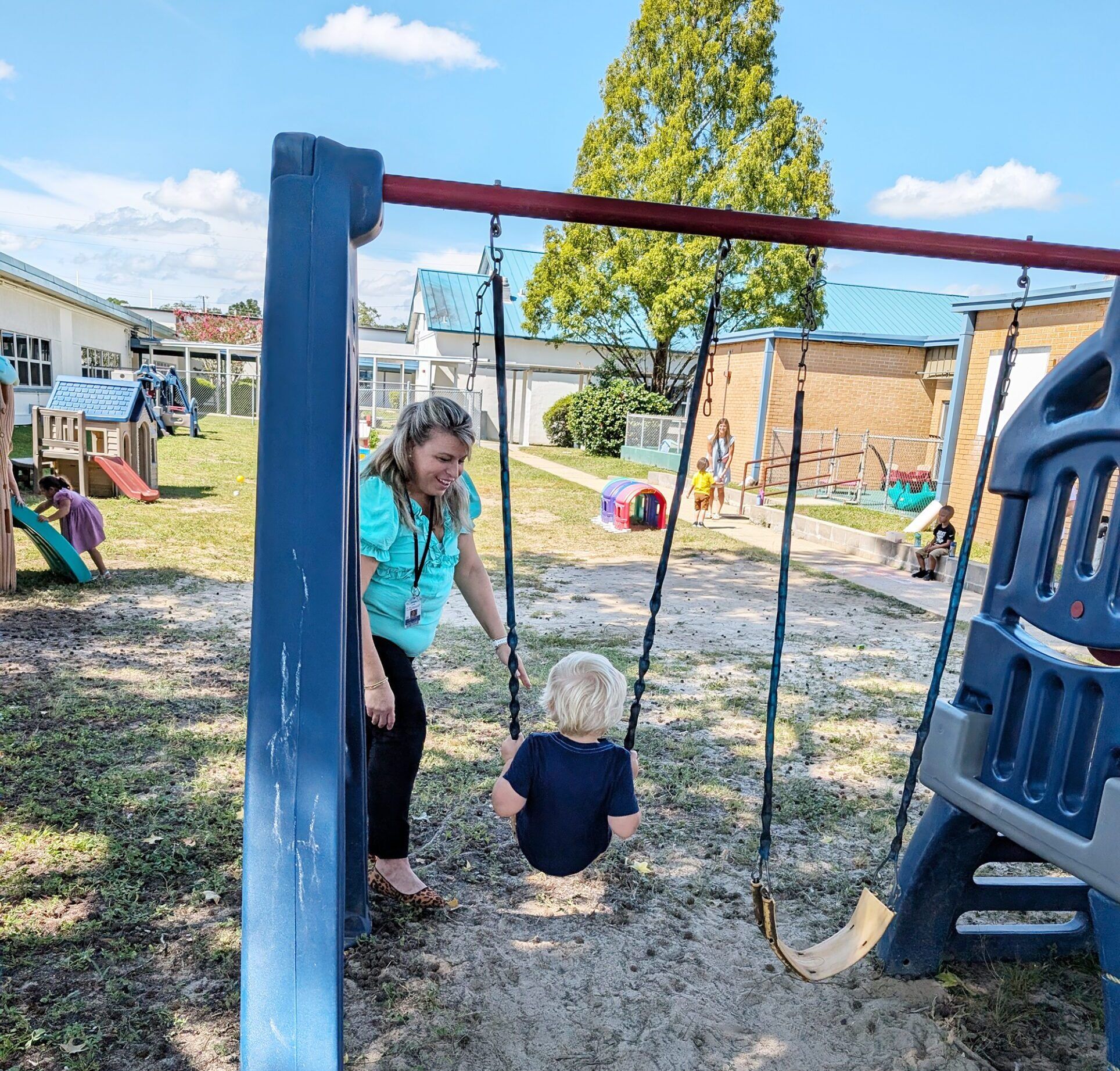CHELCO Charity Golf Tournament raises big bucks
October 15, 2024
The CHELCO Charity Golf Tournament, hosted at Blackstone Golf Course in Mossy Head on May 24, raised more than $12,000 to benefit the American Cancer Society, American Heart Association and Emerald Coast Autism Center.
Oktoberfest coming to Crestview
October 7, 2024
Munich’s 189th Oktoberfest celebration ends on Oct. 6, but in Crestview, the party is just beginning. The historic Bush House will host the city’s observance of what began on Oct. 12, 1810, as a wedding celebration for Crown Prince Ludwig of Bavaria and Princess Therese.
Big Brothers Big Sisters to celebrate new Hub City office
September 26, 2024
Big Brothers Big Sisters of Northwest Florida plans to host a ribbon-cutting ceremony for its new Crestview office at 11 a.m. Friday, Oct. 4.
Shalimar man wins $1 million through scratch-off ticket
September 25, 2024
The Florida Lottery has announced that Roy Boyer II, 54, of Shalimar, claimed a $1 million prize from the $20 MONOPOLY DOUBLER Scratch-Off game at the Lottery’s Pensacola District Office. He chose to receive his winnings as a one-time, lump-sum payment of $798,985.00.
Plenty of Crestview history to remember in September
September 11, 2024
Summer may be winding down according to the calendar, but certainly not according to the weather. Here’s some interesting milestones in our city’s history to mull over while enjoying a sweet tea on the porch. We’ll take a glance at the end of August first:
Plan to develop Florida State Parks likely to change after bipartisan backlash
September 5, 2024
The 2024-25 Great Outdoors Initiative meant to increase public access, recreation and lodging at Florida State Parks has been met with mixed emotions and backlash since it was announced by the Florida Department of Environmental Protection on Aug. 19. Now the plan is likely heading back to the drawing board.
Officials, residents discuss future ‘Patriots Park’
September 4, 2024
The highest-priority features of Okaloosa County’s future “Patriots Park” next to the Shoal River by south Crestview will be hiking, walking, and biking trails.
Meet Southside’s new principal Amy Bowles
September 4, 2024
The new Southside Primary principal, Amy Bowles, says all the learning, education and life circumstances brought her to the school at the right time and in the right way.
Hey, shutterbugs: Hub City officials want your best shot
August 21, 2024
In celebration of World Photography Day on Aug. 19, the city of Crestview launched its first-ever photo contest, “My Favorite View.”
Here are the new inductees in the Okaloosa County Women’s Hall of Fame
August 19, 2024
The new inductees in the Okaloosa County Women’s Hall of Fame will be presented to the community by the County Commission on the Status of Women. The event will take place at 6 p.m. Monday, Aug. 26 at the Destin-Fort Walton Beach Convention Center.



















